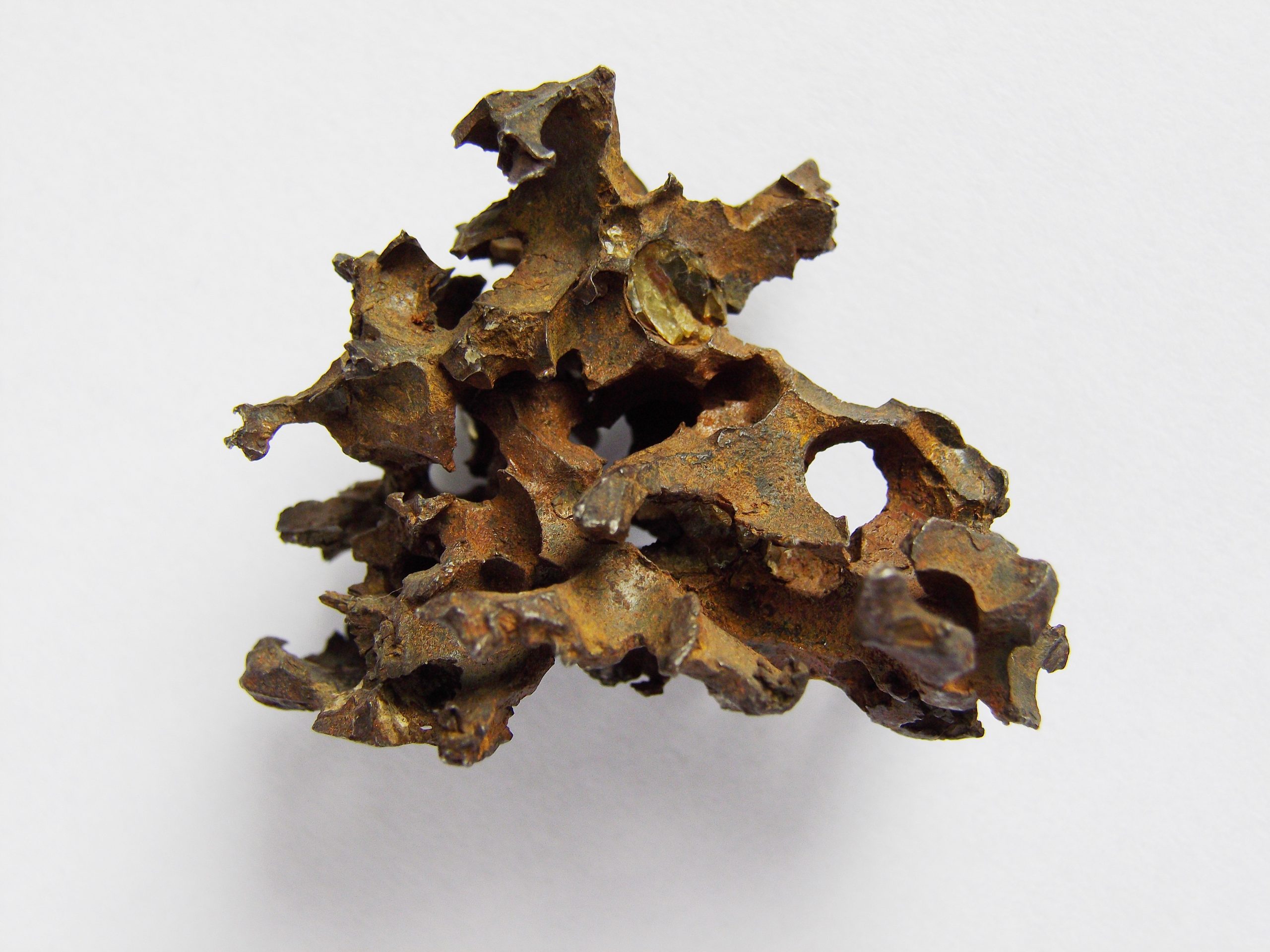
Extraordinary meteorites
THE OLDEST METEORITES…
On 16 November 1492, the Ensisheim meteorite fell, which for the first time in modern European history was recorded and described, among other things, in the form of printed guides with engravings and poems by Sebastian Brant. A fragment of this meteorite is presented on display during the exhibition.
On 26 April 1803, a meteor shower observed by many people fell at L’Aigle, proving the thesis of the cosmic origin of meteorites to be true.
On 30 January 1868, a meteor shower was recorded near Pułtusk. The fall was seen all over Poland at that time up to Lviv, as well as in Wrocław and Königsberg. It is described as the most numerous stone meteor shower in the world.
The Tunguska catastrophe is an event that occurred on 30 June 1908 in the taiga in central Siberia on the Podkamennaya Tunguska River, north of Lake Baikal in uninhabited areas. A huge explosion occurred there at the time. It knocked down trees within a radius of 40 km, was seen within a radius of 650 km, and was heard within a radius of 1,000 km. The powerful tremor was then registered by seismographs all over the Earth. According to the so-called Korlevic hypothesis, the explosion was caused by a collision between the Earth and a meteorite comparable in size to a skyscraper. It raised the temperature to 15 000 degrees Celsius and caused gigantic destruction.
On 8 February 1969, a meteor shower fell near Allende. Investigations found diamond crystals in them. Their formation is linked to a supernova explosion, and the admixtures of xenon and neon probably originate from outside the Solar System (specimens on display).
On 9 October 1992, in Peekskill, a 12 kg meteorite fell into the boot of Mrs Michelle Knapp’s Chevrolet Malibu.
On 30 April 2011, a meteorite pierced the canopy of one of the farm buildings in Sołtmany (excerpt on display).
The largest modern meteorite shower was in Chelyabinsk on 15 February 2013 – specimens in the collection of the Mineralogical Museum.
